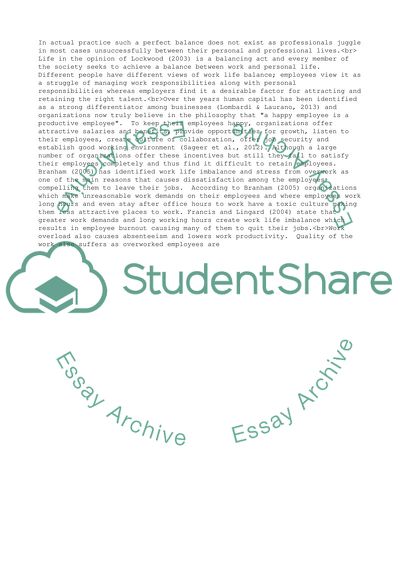Cite this document
(Work life balance Essay Example | Topics and Well Written Essays - 1750 words, n.d.)
Work life balance Essay Example | Topics and Well Written Essays - 1750 words. https://studentshare.org/human-resources/1821248-work-life-balance
Work life balance Essay Example | Topics and Well Written Essays - 1750 words. https://studentshare.org/human-resources/1821248-work-life-balance
(Work Life Balance Essay Example | Topics and Well Written Essays - 1750 Words)
Work Life Balance Essay Example | Topics and Well Written Essays - 1750 Words. https://studentshare.org/human-resources/1821248-work-life-balance.
Work Life Balance Essay Example | Topics and Well Written Essays - 1750 Words. https://studentshare.org/human-resources/1821248-work-life-balance.
“Work Life Balance Essay Example | Topics and Well Written Essays - 1750 Words”. https://studentshare.org/human-resources/1821248-work-life-balance.


